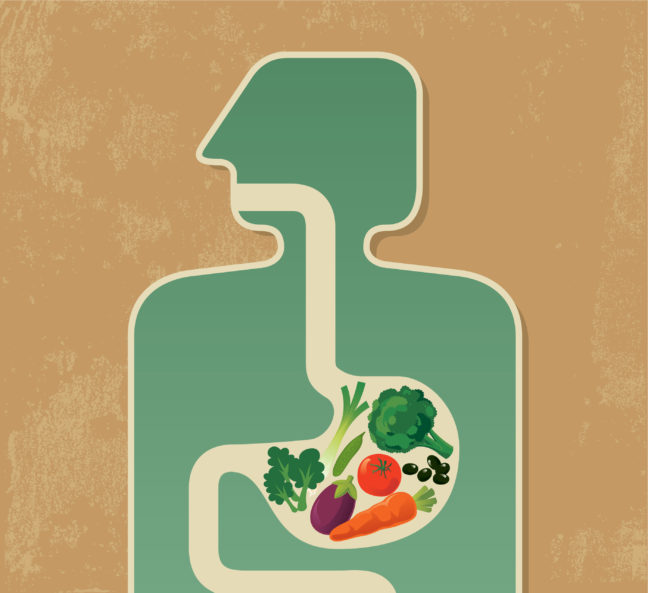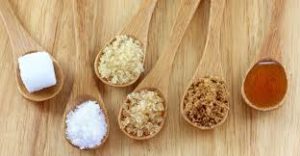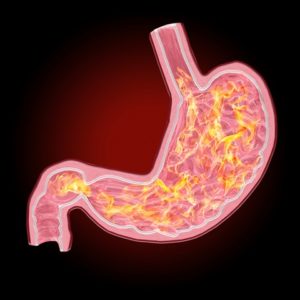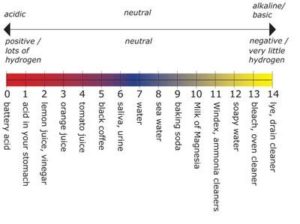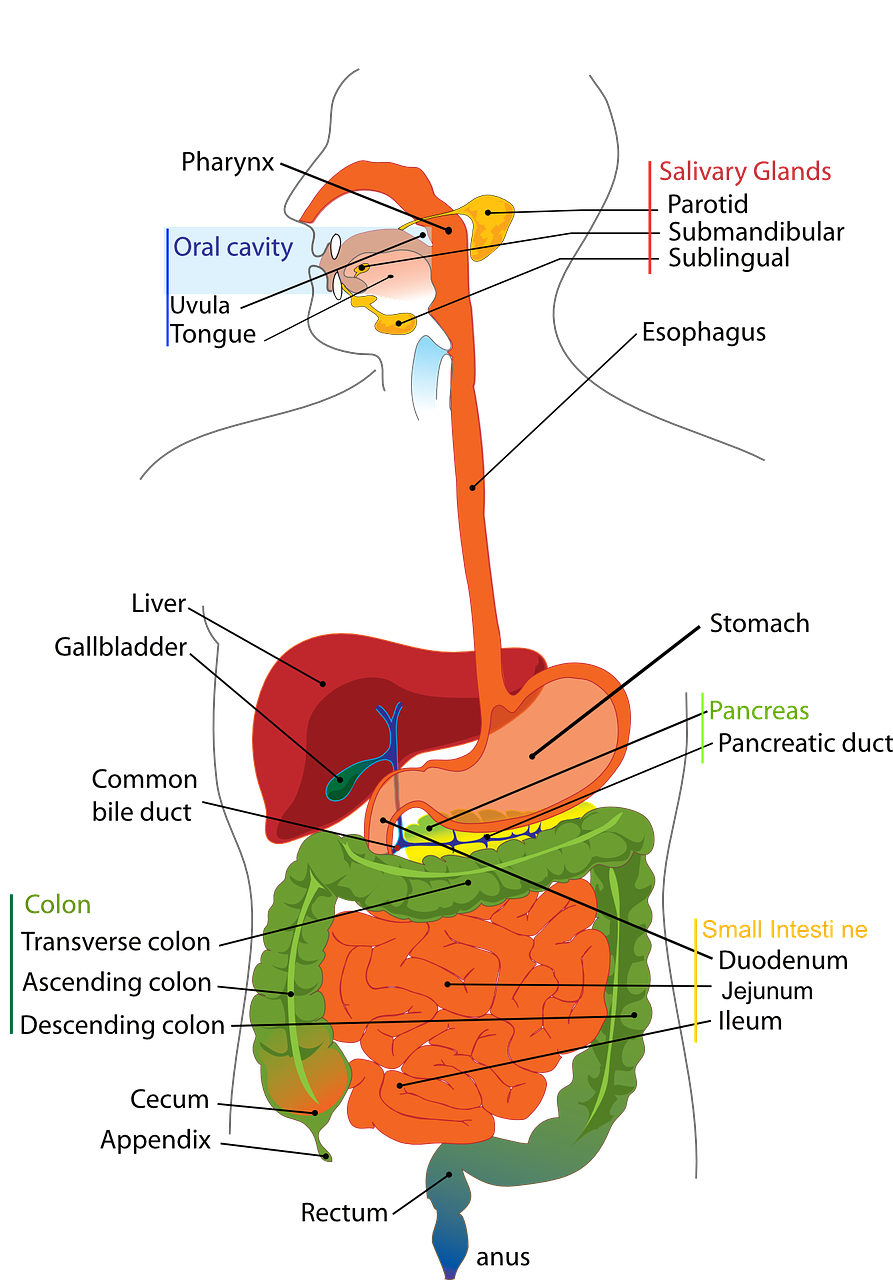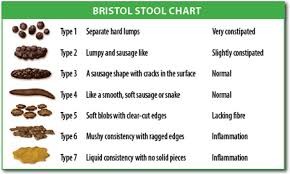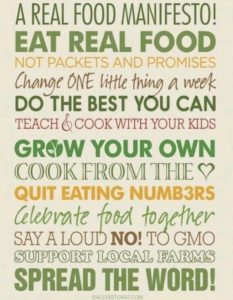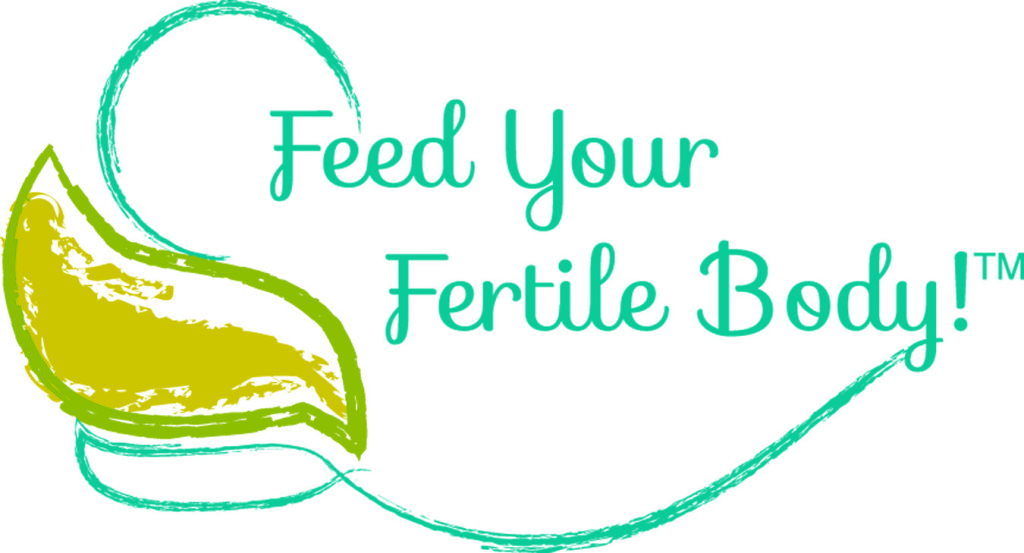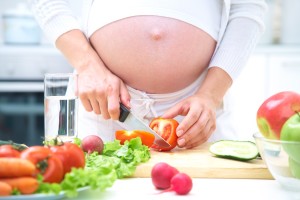In honor of World Breastfeeding Week, August 1-7, 2016, I am excited to share this guest blog post by Beth Martin of Small Bites Wellness. It originally appeared on her site in May and has been republished with her permission.

Need to supplement milk for your baby and prefer to stick with human milk? Here’s everything you need to know about safely finding and using donor milk. How and what we feed our kids matters, and it’s one of my favorite topics to write about. I’ve previously shared my thoughts on rice cereal and first table foods, and today I’m sharing about donor milk. We had such a wonderful experience using donor milk with my daughter that I hope to help increase awareness of this option for feeding little ones.
Our Low Milk Supply Story
Three weeks into mom life, and after a week of agonizing pain, but wanting to continue breastfeeding, I found myself applying steroid ointment prescribed by my midwives. I assumed an appointment with a lactation consultant would set us straight, and we’d be on our way to pain-free, and steroid-free, nursing.
My IBCLC arrived at our home, asked about our birth and nursing history, analyzed our latch, and observed us nursing for about two hours. She then gently suggested that it was likely my daughter wasn’t getting enough food, and the pain was due to her intense feeding while trying to get enough milk.
It broke my heart to hear that I wasn’t producing enough food, but it made sense. In hindsight, extremely slow weight gain and lack of a bowel movement for ten days, both of which my pediatrician was not worried about, along with screaming every night from 4pm – 10pm, were good indications that my baby was hungry. Please note that every situation is different; I highly encourage you to work with an IBCLC before determining that you have low supply.
Like many surprises in parenthood, not being able to exclusively breastfeed my daughter wasn’t something I’d even considered. Postpartum hormones certainly didn’t help make this feel less devastating.
Regardless of how I felt about my inability to feed her as much as she needed, she needed to eat. I started working on my own supply, trying everything — eating six meals a day, tea, herbs, lactogenic foods, power pumping, nursing ‘vacations’, and even an anxiety- and weight-inducing pharmaceutical that I took for seven months. Unfortunately, my supply increased but never made it to full production.
We also began to supplement. The decision of what to supplement with is a personal decision, with commercial formula, homemade formula, and donor milk being the available options. We decided that the benefits of human milk outweighed the risks, and successfully used donor milk until my daughter was ten months old, at which point we felt that younger babies would benefit from the available donations.
What is donor milk?
Donor milk is milk that is shared voluntarily by a mother, the modern day equivalent of a wet nurse. Thanks to the breast pump, milk expression can happen more conveniently in a donor’s home, without the baby in need. Though I have heard that co-nursing, a normal practice for most of human existence but eschewed in recent generations, is also making a comeback – very cool!
Donors provide their stores of frozen milk to babies in need in two ways, through milk banks and through peer-to-peer relationships.
Milk banks, like the 20+ non-profit banks in the HMBANA organization, collect milk from screened donors, pasteurize and test for pathogens, and provide (sometimes at a cost to cover testing, storage, shipping) to NICUs or directly to parents with a prescription for human milk.
The data is sparse, but recent studies have shown powerful potential for donor milk and the health of premature infants by reducing rates of necrotizing enterocolitis (a gut infection and the number two killer of premature babies) and sepsis. I’m excited to see that hospitals are increasing the use of donor milk for babies who need it the most.
Donors can also choose to share milk peer-to-peer within their community. Outside of an ill child with a prescription, this is the most common way to obtain human breast milk. Community milk sharing is a great alternative for moms with low supply, IGT, a transmittable disease, etc. It’s also a source of milk for adoptive moms who want to provide human milk to their little ones, or for little ones who don’t tolerate formula well. Community, peer-to-peer milk sharing is how we received close to fifteen hundred ounces of donor milk to feed our daughter during her first year.
Modern day milk sharing helped us find 1500 oz of human milk for our little one!
And yes, mothers can also sell breastmilk, making it available for purchase without a prescription. I’ve heard several tales of funny business that happens when you introduce money into the breastmilk trade. If the goal is to provide human milk to a child, I highly recommend community donations over purchased milk.
Need to supplement milk for your baby and prefer to stick with human milk? Here’s everything you need to know about safely finding and using donor milk.
But is donor milk safe?
The most common questions I received when our use of donor milk came up in conversation were around safety. And I get it. There are two major concerns with breastmilk safety – communicable diseases and dangerous bacteria growth in raw milk. These dangers are relative, and why milk supplementation comes down to personal choice. If you are considering donor milk, you must weigh the risks and benefits with those of commercial or homemade formula, and decide which is right for your family.
Milk banks follow strict screening, processing, and dispensing guidelines, and we can assume that this milk is safe from communicable diseases (though it is not tested for the tobacco, alcohol, etc.). This milk has been pasteurized and the risk of bacteria is very low. While pasteurization results in a small percentage of the nutrients being denatured, this milk is going to very fragile babies who can not risk any dangerous pathogens.
So what about community sourced donor milk? There are currently no known instances of a child contracting a disease via donor milk, though that does not mean it’s never happened. The CDC responds to communicable diseases in their breastfeeding FAQ with:
HIV and other serious infectious diseases can be transmitted through breast milk. However, the risk of infection from a single bottle of breast milk, even if the mother is HIV positive, is extremely small. For women who do not have HIV or other serious infectious diseases, there is little risk to the child who receives her breast milk.
Peer-to-peer milk sharing is based on informed consent, meaning that you review and understand all information available to you, weigh the risks and benefits, and decide if accepting milk from a donor is right for you. In order to safely use donor milk, you will want to ask about the following when speaking with a potential donor:
* Blood tests: Many recipients request to see current blood test results. Donating moms have recently given birth and are likely to have test results available. You can request that a donor be screened if you’d like a more recent test.
* Lifestyle: Ask about smoking, alcohol use, over the counter or prescribed medications, diet, or any other lifestyle or health history factors that concern you and are not available in test results.
* Pumping practices: Raw milk is vulnerable to bacteria, like any living food. Ask questions around breast care, pump cleaning, and milk storage so that you are confident your donor practices milk expression and storage safely.
I spoke to our donors, and (gratefully) accepted milk from those who I felt confident had a clean health history with no communicable diseases, took proper precautions with expression and storage, and were not smoking or taking any potentially harmful medication.
Peer-to-peer milk sharing is based on informed consent and can be done safely.
If you are concerned over safety, or unclear of a donor’s health history, but want to move forward with using donor milk, you can practice at-home flash heating or pasteurization. I use flash heating with a batch of milk that was given to me by a friend and I was unable to speak with the donating mom, otherwise I preferred to provide the milk raw to maximize nutrients.
How do I find donor milk for my baby?
With a little effort, it is likely that you will find all the milk you need. In some cases, moms are able to create a relationships with another nursing mom and receive long-term donations from her. In other cases, a mom might need to find new donors as supply runs low.
Start by reaching out to your community. Do you belong to a church? Parenting group? Baby wearing or other child-focused group? Have friends who are nursing? You will be surprised how willing people are to help when they know you have a need. But they need to know. Post a message in Facebook groups, on your own page, send out an email, etc. Get your need out there, and you are likely to find someone who can help. I’ve even seen breast milk shared in my Buy Nothing group.
Outside of your immediate community, you can join two organizations, Human Milk for Human Babies and Eats on Feets, that facilitate community based, non-commerce milk sharing.
To join either (and I recommend joining both), visit their website, find the chapter for you based on location, and request to join the corresponding Facebook group. It can feel overwhelming to start, and oddly, a lot like online dating. Based on your location, there might be high demand (like in my group) or low supply (like in my sister’s). Stay optimistic and you will find milk. I suggest you:
* Create a post with your request and provide details (but don’t lie, that’s just bad karma). Add a picture of your little one – donor mamas donate out of the good of their heart and I sense that they really enjoy knowing who the milk is going to help.
* Check the group frequently for offers – donors are tired and busy like every other mama, and often don’t look through requests to find a match. Respond to offers you are interested in as soon as you can.
* Offer to replace supplies. Milk on these sites is never for sale and you can be banned if you offer to pay, but it’s nice to offer to replace storage bags as a thank you for the time, effort, and expense a donor puts in to providing extra milk.
When you are offered milk, review safety with the donor and decide if you are satisfied. If you are, arrange for pick-up. Be smart as you would in any other situation (think Craigslist). I’ve found nothing but well-intentioned mamas in the milk sharing community, but you never know. Consider setting a time where you can bring your partner to wait in the car, or request meeting in a public space convenient to the donor.
Bring a cooler with ice or ice packs to transport the milk from their home to yours. If you are able to, it’s a nice gesture to leave storage bags (these are great because they have four packs of 25 bags) or a nursing/pumping snack (I brought a handful of LARABARs a few times) with your donor.
It’s easy to be swept up in the donor milk game and stress about each and every ounce, to obsess over how long your current stash will last, to worry about when you are going to run out. Occasionally our frozen donor stash dwindled, and we used organic commercial formula (preferred and backup) for supplementing until I found the next good match. And life went on just fine. Please remember that what your baby needs most from you is love, and you have more than enough of that to give.
How do I use donor milk?
This one is simple – use donor milk just like you would use your own stored milk! You can feed your child via bottle, supplemental nursing system, cup, or any other way you’d use your own expressed milk or formula. I recommend talking to your IBCLC to decide what is best for your situation. Make sure to follow proper handling and storage practices to keep milk safe.
—
I’m grateful for all the mamas who helped us meet our breastfeeding goal. And to my dear friend, Leigh, who introduced me to donor milk. I wasn’t aware of it when I learned I needed to supplement, and within a day she had a nursing friend of hers providing our first donation. I’m continually reminded that this mama life takes a village…
Do you have an experience with donor milk? Would you consider donor milk for you little one? Any questions for me about our experience?
You can get in touch with Beth at Small Bites Wellness here.
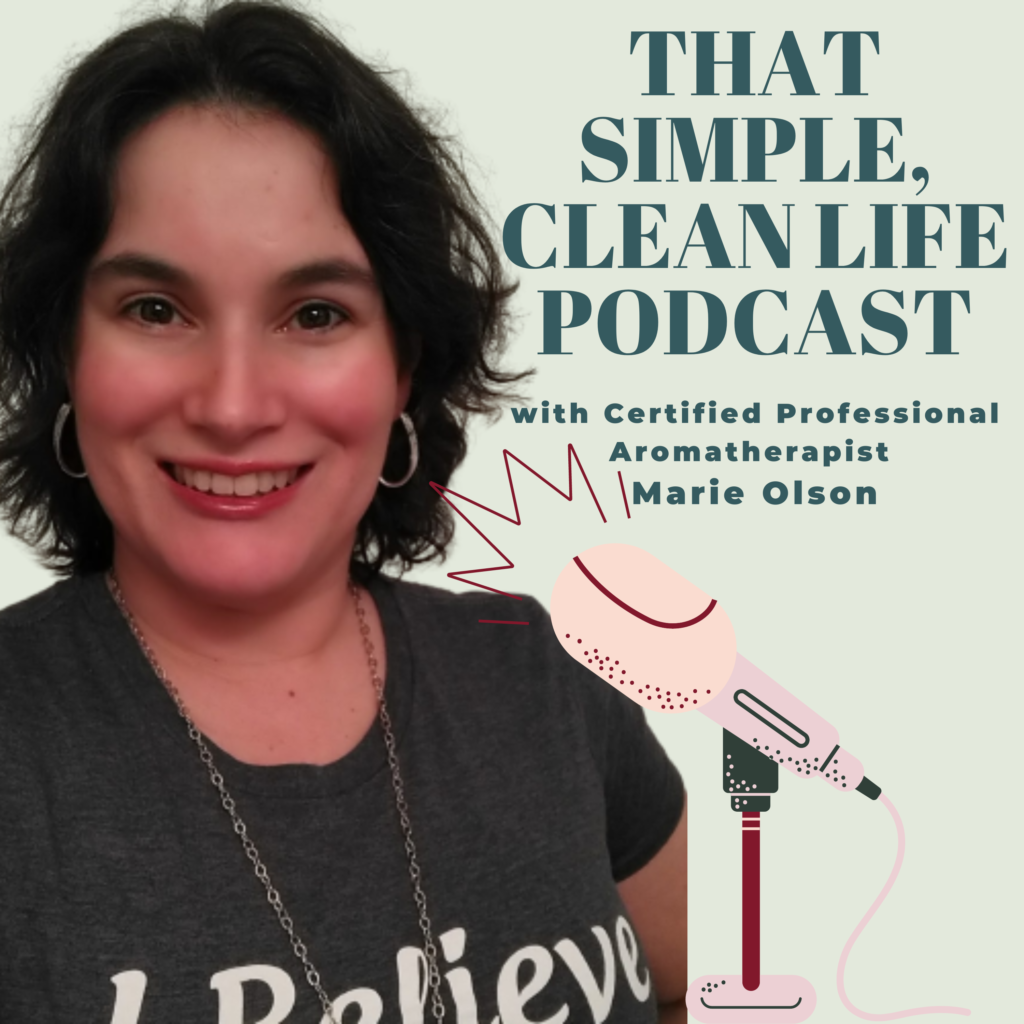

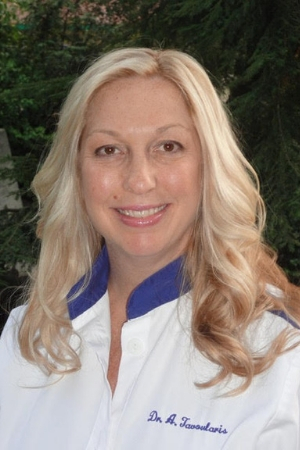
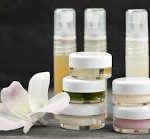
 Me. 😀 That’s right, I am the first Certified Aromatherapist in Guam.
Me. 😀 That’s right, I am the first Certified Aromatherapist in Guam.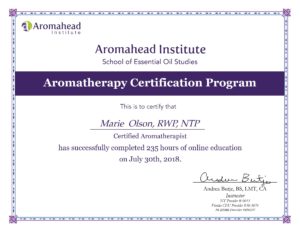
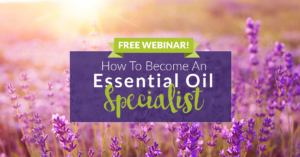

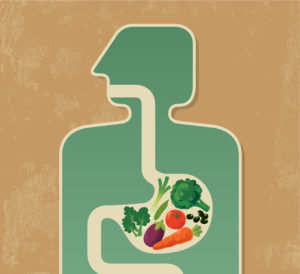

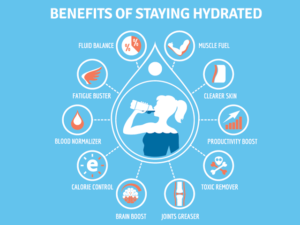
 Minerals
Minerals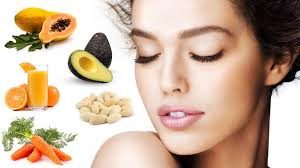
 As a former military brat and current military spouse, we move. A lot. And with each move, we manage to accumulate more and more STUFF. We have some stuff that hasn’t been unpacked in at least two moves, but we keep moving it around from place to place. Having just moved AGAIN recently, I was appalled to see just how much stuff we’ve accumulated over the years.
As a former military brat and current military spouse, we move. A lot. And with each move, we manage to accumulate more and more STUFF. We have some stuff that hasn’t been unpacked in at least two moves, but we keep moving it around from place to place. Having just moved AGAIN recently, I was appalled to see just how much stuff we’ve accumulated over the years. I’ve read many cleaning and de-cluttering books over the years, but nothing ever resonated with me. Until I read this one. It is the first book I have read on the subject that spurred me to action and motivated me to not only start, but start right away. Maybe it was the claim that you only have to do it once and never again, or perhaps the fact that one sorts by category, not just room, but whatever the reason, I have to agree that
I’ve read many cleaning and de-cluttering books over the years, but nothing ever resonated with me. Until I read this one. It is the first book I have read on the subject that spurred me to action and motivated me to not only start, but start right away. Maybe it was the claim that you only have to do it once and never again, or perhaps the fact that one sorts by category, not just room, but whatever the reason, I have to agree that 

